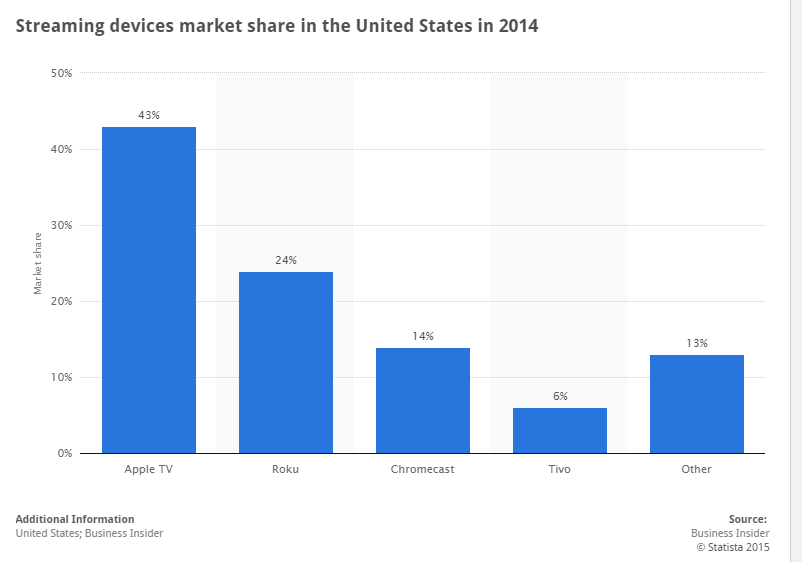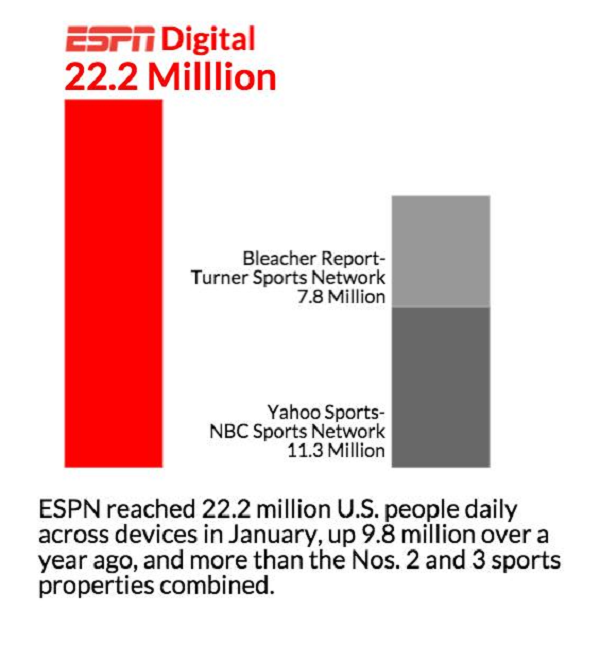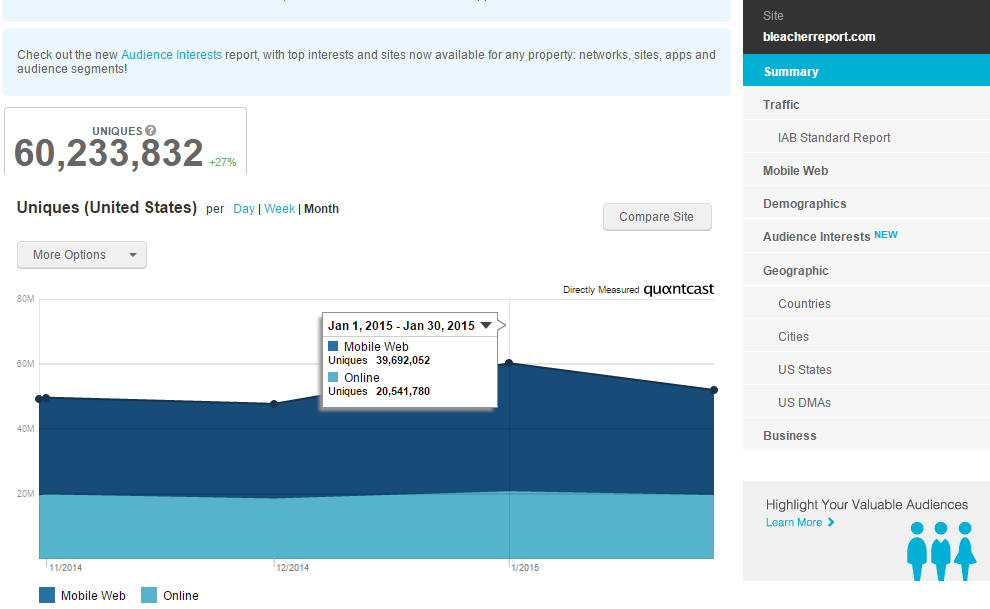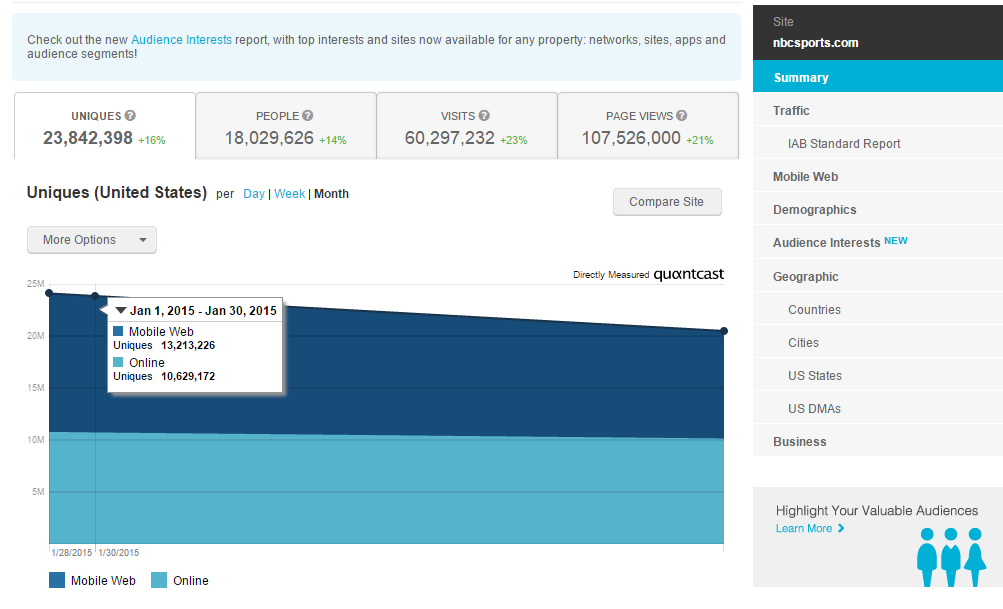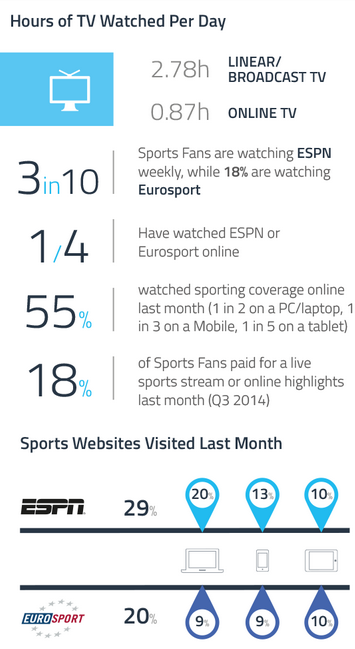In case you weren’t already aware, the Associated Press has real, human journalists. You’ve read those AP stories on your go-to sports news site. They’re usually results of a yacht race, highlighting a badminton tournament in another country, or a WNBA game story. They are the wire service stories that ESPN, CBS Sports or FOX Sports use because they don’t want to pay a staffer to write about the sports that don’t draw in enough clicks. They’re typically straight forward, succinctly written and dull. And those stories are written by flesh and blood — until now.
According to an article at The Huffington Post, the AP announced Wednesday that it will team up with a technology company to create automated game stories from NCAA college sports based simply on statistics. Starting this spring with Division I baseball, instead of a human writing straight forward, succinctly-written, dull stories, robots will now write straight forward, succinctly- written, dull stories. The AP robots will also cover D-1 woman’s basketball and division II and III men’s basketball and football.
Lou Ferrara, the vice president and managing editor at the AP, told Huff that once a game is over, its robot will spit out a story onto AP wires and NCAA web sites.
“At AP, we have been looking at automation with anything involving data, as we did with corporate earnings reports,” Ferrara said. “Sports have been in our DNA for a long time and automation for certain sports seems like a logical move, particularly for sports not receiving much widespread coverage yet in demand in certain markets.”
The AP has produced robot writing before. It teamed up with Automated Insights initially to draft quarterly earnings reports for its business section, which surged reports from 300 up to 3,000 each quarter. Three thousand straight forward, succinctly written, dull stories.
Philana Patterson, an assistant business editor at the AP, told The Verge earlier in the year that the system is producing less errors than the humans the news company employs. The humans it pays thousands of dollars a year to, along with full benefits, vacation and two weeks during March Madness that absolutely nothing gets done.
Which brings us to TechGraphs. David Temple, our esteemed managing editor, *must* be drooling at the thought of a soccer piece that doesn’t refer to the sport as football. Imagine how much more time he could devote to his wife’s roller derby team when he’s not spending thirty minutes cleaning up our typos or correcting our run-on sentences.
And no, TechGraphs readers, Michael Tunney is not a robot cloaked with a human byline. He’s indeed a real staff writer who just happens to excel at cranking out info-filled pieces with a fantastic ability to write tightly.
In addition to Temple, fellow writer Bradley Woodrum benefits the most from his future colleagues. Woodrum’s history with robot dogs, robot turtles and drones reflects an adoration and healthy fear of the unavoidable robot revolution. And really, the robots can’t write a first-person piece about consuming a liquid meal. So I’m sure they’ll keep Bradley around for that.
Until the robots arrive, we’ll keep churning out error-laden sports tech stories at a human pace. Enjoy us while we last.
